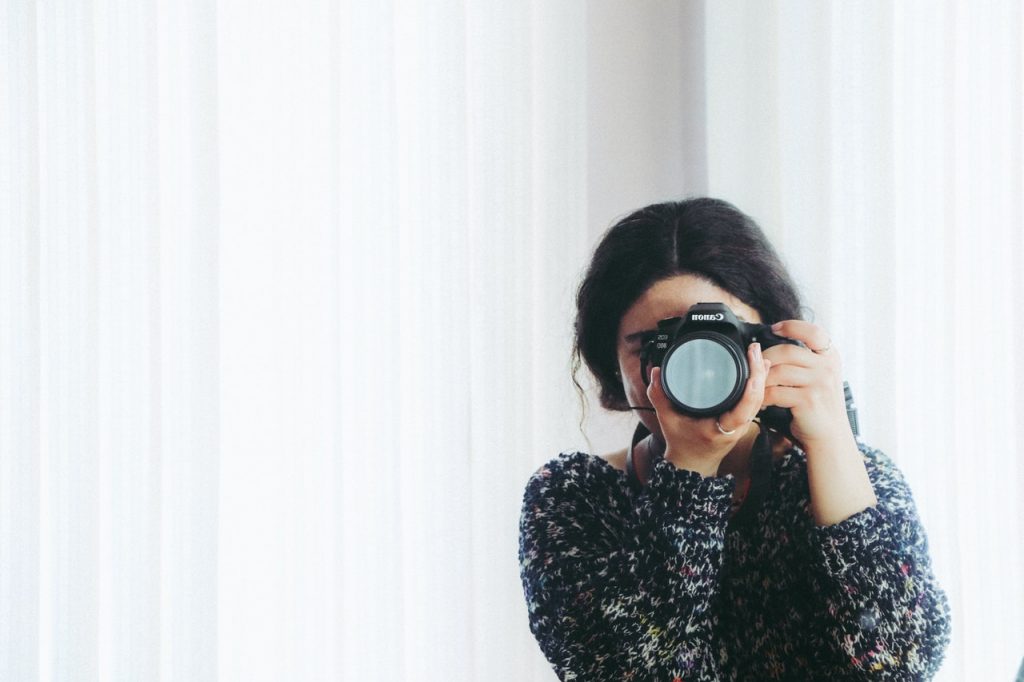
Photography as a sort arose from advancements in technology which allowed photographers to govern their images to suit their artistic expression. Photographers are ready to drastically change the result of a picture by choosing various cameras, lenses, film, and therefore the framing and timing of a trial. Filters, studio lighting, various darkroom processes, and digital enhancement add even more tools for photographers to control their images.
The equipment and techniques are chosen largely depend upon the genre, the photographer’s individual style, and therefore the overall tone they’re attempting to attain. Portrait photographers wishing to create a private subject the focus for an attempt may use an oversized aperture for a shallow depth of field to place their subject focussed while keeping the background blurred. Landscape photographers desperate to clearly capture a complete view may choose the other.
Choosing black and white over color gives a timeless quality to photos and brings elements like line, texture, and tone to the forefront. the selection of black and white (or another monotone process) may additionally help lead the attention aloof from elements that will distract from the photographer’s intended focus. Though some photography purists enforce forgoing digital enhancement of any kind, many opt to use it to retouch imperfections and enhance color, among other effects.
Documentary Photography
As technology advancements enabled photography to become a more mobile medium, documentary photography emerged within the 1870s and was wont to chronicle historical events additionally as daily life. Documentary photographers launched to chronicle urban and rural living conditions to incite reform movements. The u. s. Farm Security Administration commissioned photographers like Walker Evans and Lange, of “Migrant Mother” (1936) fame, to document living conditions during the good Depression. During major wars and postwar eras, photographers also turned to social documentary photography, reaching to capture the experience of those caught in battle and its effects. Documentary photography is strongly linked to photojournalistic practices, with powerful images representing causes and movements of social change.
Landscape Photography
Landscape photography emerged from the tradition of painting the flora and fauna. Landscape photographers chose to capture nature, cities, and industry both as they were likewise used methods of framing and cropping to form abstract compositions of their environment. Ansel Adams, known for his images of the American West and therefore the Yosemite Valley, is one of the foremost recognized landscape photographers. Photographers still capture landscape photography to explore the connection between humans and our habitat.
Portrait Photography
Since the invention of the daguerreotype, portrait photography became a well-liked method to commission cheap and comparatively fast portraits in another to costly painted portraits, which were formerly the norm. Photographers like Robert Mapplethorpe focused on a subject’s face and body, while others experimented with self-portrait photography like Cindy Sherman. With the appearance of recent photographic technology and more portable analog, and eventually digital cameras, portraiture was now not confined to the studio.
Nude Photography
The art of nude photography arose within the 19th century around the time the camera itself was invented. Western photographers wanted to ascertain the medium as creation and chose subjects, like female nudes, that were already traditional in other practices. Because the practice evolved, more experimental methods and subjects developed. Avant-garde nude photography depicted the naked body in its title, free of the confines of classical allusions. However, these photographs still emphasized the aesthetic value of the body, differentiating them from erotic art photography, which emphasizes the sexual nature of those compositions.



